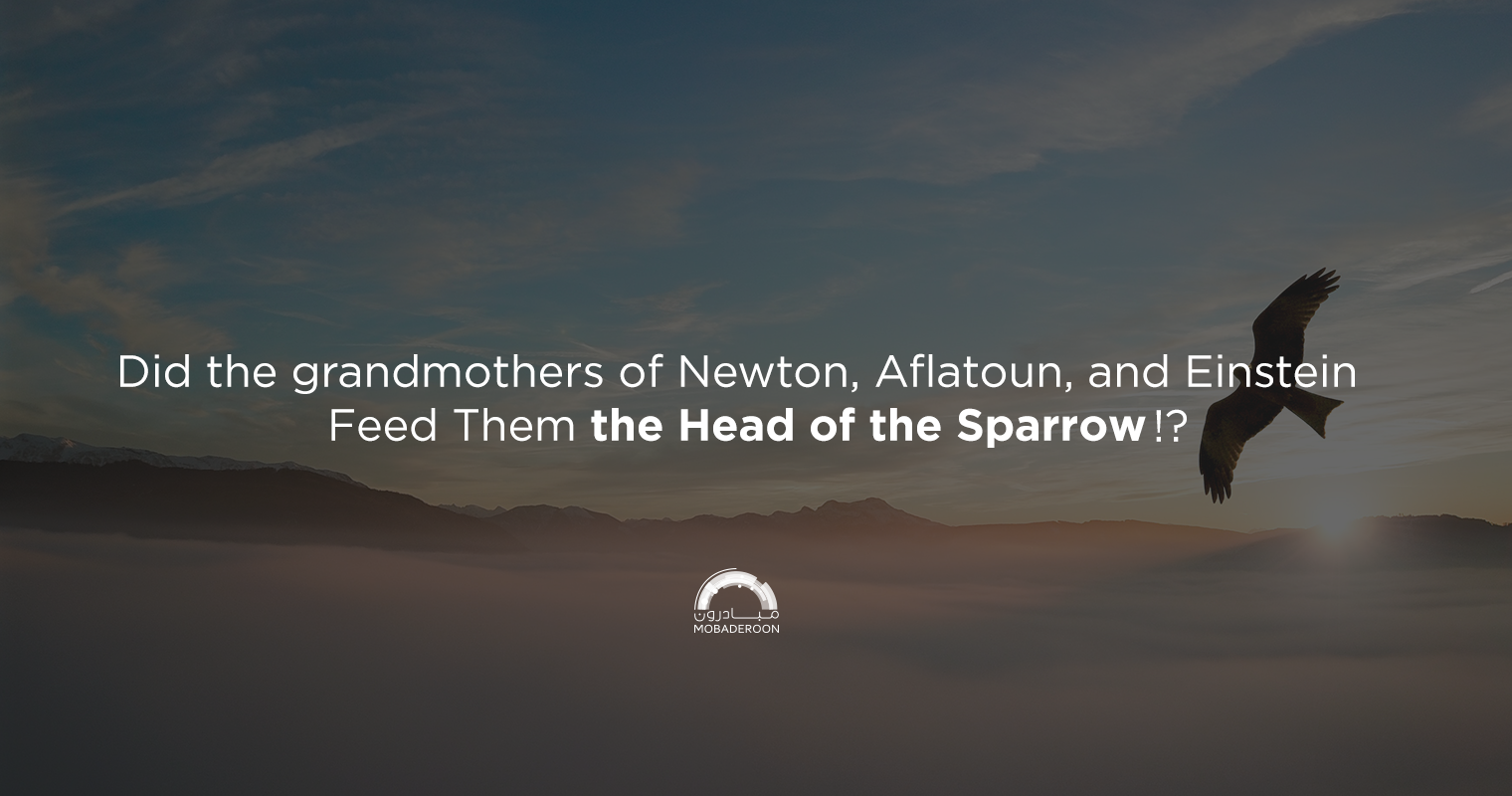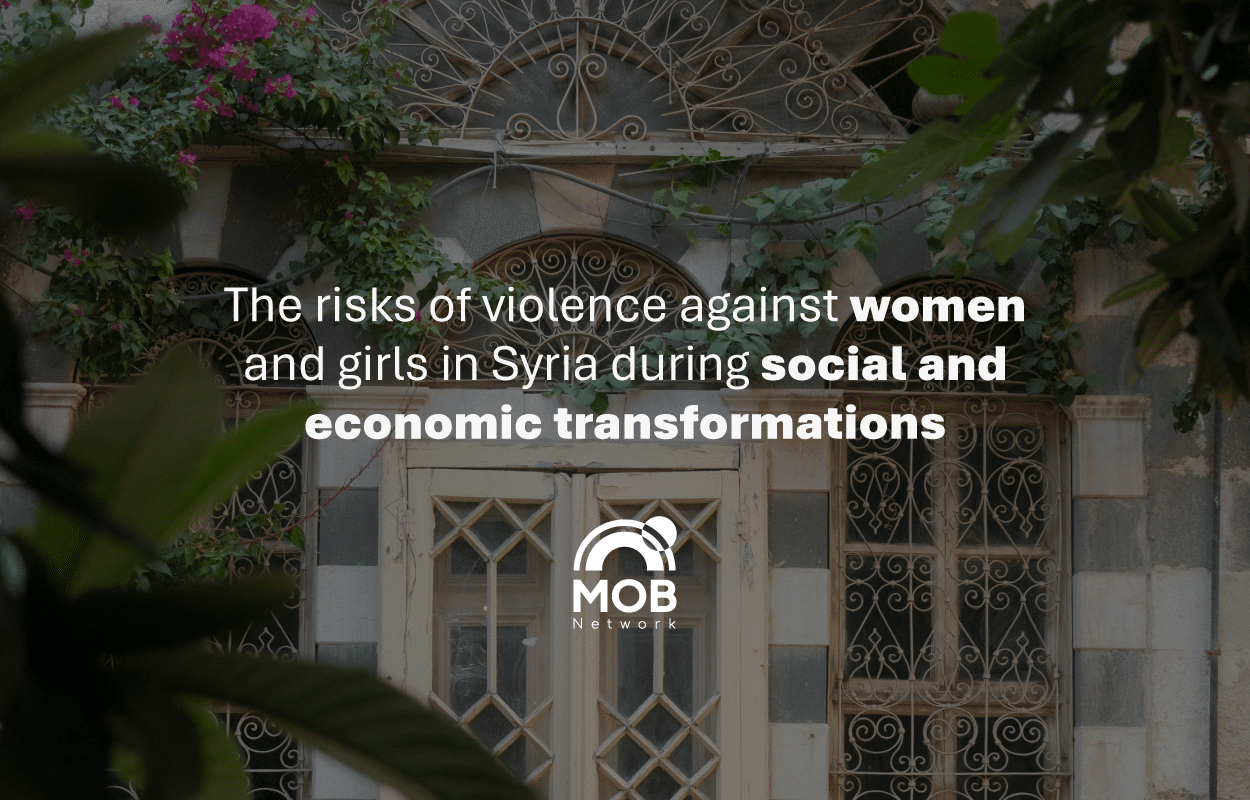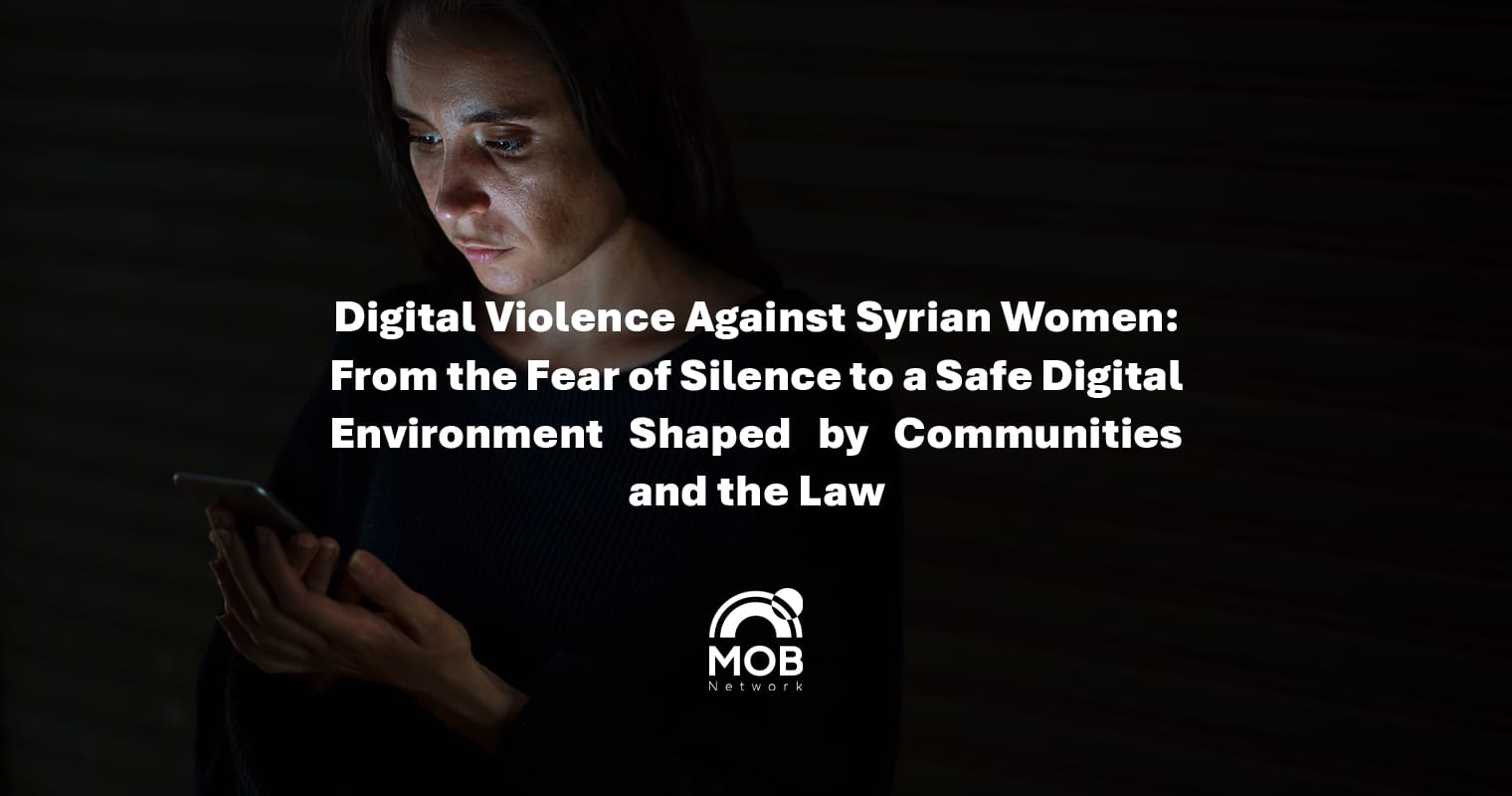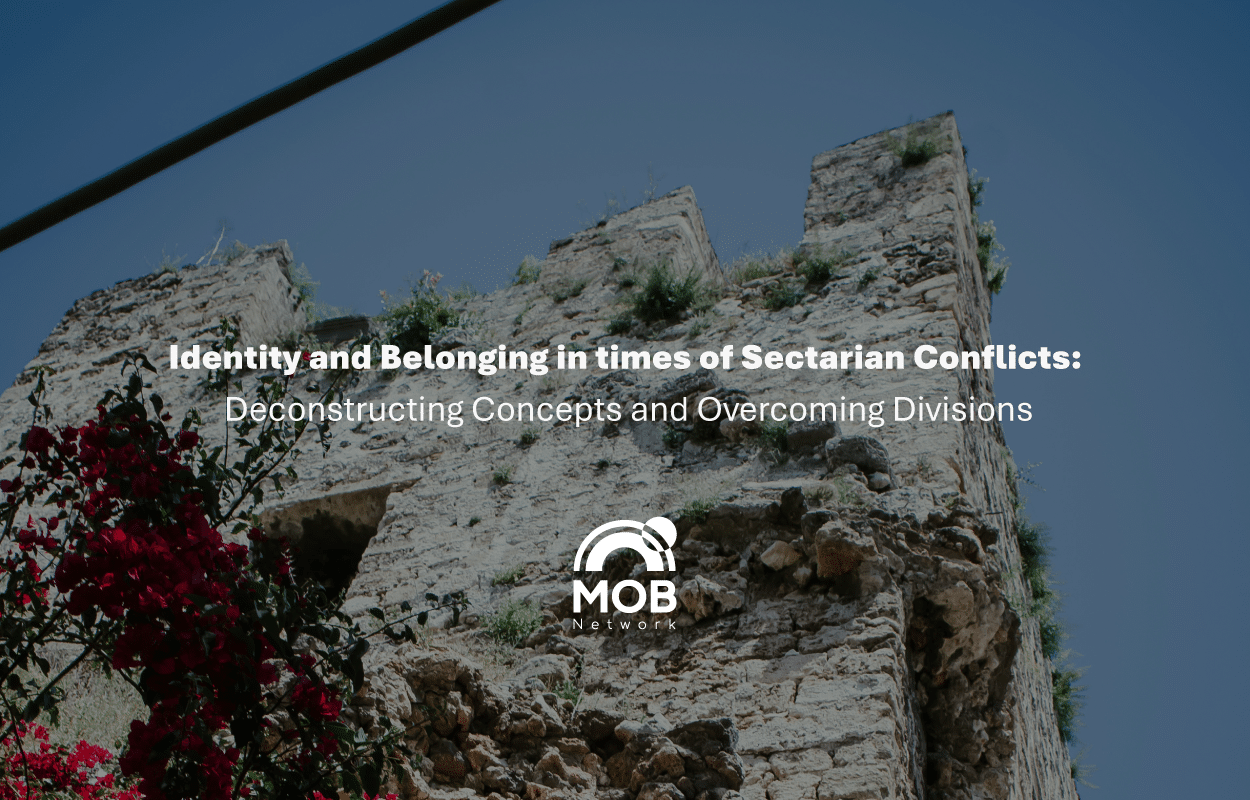Munira: My 70-year-old grandmother, like the children of her generation who cling to the scent of earth and lemon, thinks that everything was created by the Spirit of God and was made for the son of Adam.
My grandmother’s family, who descended from the Sen River’s plains, chose the head of the sparrow; To draw a successful future and a flame of intelligence that does not go out, as every pregnant mother, at the beginning of her ninth month, ties a fishing net on the house roof and waits for the birds that failed and got caught in the nets.
Munira, like other relatives, eagerly waits for the baby to be able to chew, so she can immediately give him the head of the sparrow, boiled with water and salt. My grandmother gave birth to nine children, and it is funny and even surprising at the same time that these children, some of whom studied medicine, and others studied engineering, and those who remained, pursued the profession of teaching or teaching in government schools, all this, in her opinion, from the blessing of the head of the sparrow.
Munira has aged after the nine children, and began to embrace her grandchildren and greet them cheerfully, and despite her dilapidated old age, she maintained her rituals and is still waiting with the same eagerness for the baby to be able to chew; so they can eat the head of a sparrow, as many of his predecessors have.
I shared the joy of life with my twin sister, and when I heard her screaming near me, I felt that someone had accompanied me into this world. My grandmother hunted two sparrows, but she gave my sister the two heads, thinking she was fair between us.
My poor school grades and weak memory made my grandmother anxious because every time she attributed it to the sparrow’s head.
Today, with society’s civilization and progress, the sparrow’s head has been forgotten and it has become a ritual that grandchildren and grandparents speak about in family gatherings, as the social movements of associations, institutions, and international and humanitarian organizations helped with its various goals and visions to create guides that accompany the adolescent and the child to enter into a journey that the community facilitator calls “the journey of values”, as the child crosses various and purposeful points and axes, the most important of these guides are: Aflateen, Aflatoun.
What is Aflatoun’s guide?
Aflatoun: a guide used by facilitators and supervisors to help young people afterward to be able to:
- Choosing and projecting their own identities, values, and beliefs, as well as their relationships with family, friends, and community.
- Criticizing and examining how rights are perceived or violated in society.
- Describe and practice the responsible use and collection of financial, natural, and other types of resources (profit, planet, and people).
- Demonstrate the ability to carry out planning and budgeting activities to achieve the desired goal.
- Implementation of projects that have a positive impact on their communities.
Aflatoun‘s guide presented topics containing activities and exercises that helped young people to find and create new ideas, and organize those ideas through teamwork and brainstorming that generates all these energies, it also provides an opportunity for children to express themselves, and stops children from fearing failure as they learn to face risks.
Stimulating ideas had a great place in the guide, as it is considered the main factor in motivating children to participate and be creative.
How does Aflatoun’s guide help stimulate ideas?
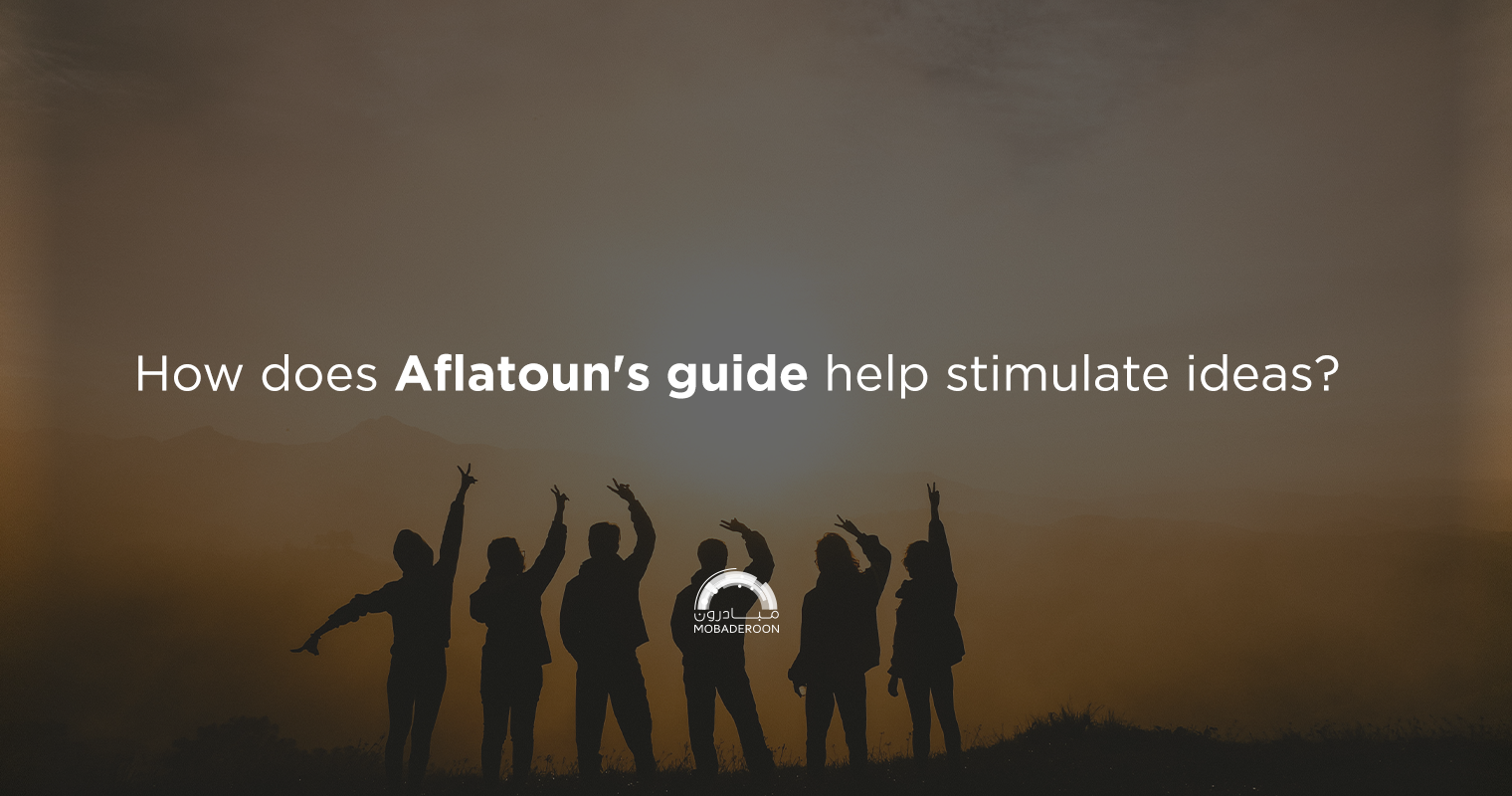
- The facilitator can give some ideas to get started or to motivate the group.
- The Idea Collector records all the ideas, and mind maps can be used.
- The facilitator or ideas collector makes sure that all the children contribute their ideas, even the quietest of them.
- Group thinking can be done in small groups first and then shared with a larger group.
- The facilitator gives enough time for the children and motivates them to open up to the ideas of others.
“The guide gives a clear and explicit warning not to criticize at the stage of stimulating ideas and to respect the ideas presented.”
What is group thinking?

Group thinking makes a child’s mind and the minds of his classmates “storm” literally by blowing up and writing a lot of crazy ideas. Groupthink encourages people to express their ideas freely, even if they seem a little crazy or meaningless at first. These ideas can be turned into original and creative solutions or be a spark for more ideas. Everyone’s thoughts are equally important to group thinking.
Group thinking is one of the essential factors for stimulating ideas, as this participatory state gives space for imagination to finally reach a moment of true creativity, and this is what the guide seeks and works on, as it paves the way for children with 10 steps, that can be used when there is a problem, and a group of people think about a solution to the problem. The order of steps is flexible:
- What is the problem?
- The facilitator selects participants and assigns them roles: i.e. people who are interested in the problem or have good ideas, someone who collects and writes ideas.
- The facilitator teaches the children what group thinking is: to provide information and examples of group thinking.
- The facilitator arranges the meeting place.
- The facilitator determines the time and rules: to give enough space and time to motivate and stimulate ideas, also strictly forbids criticism so that everyone feels free and bold in giving and putting forward unusual ideas, and the facilitator welcomes unusual ideas as they can be unexpectedly useful.
- The facilitator begins stimulating new ideas.
- Evaluation, where the facilitator discusses the realism and feasibility of solutions, and resource possibilities.
- In conclusion, the facilitator thanks everyone and discusses with the children the next steps that will be done with the ideas presented during the session.
The motor and mental activities helped motivate the children, and the Aflatoun and Aflateen programs provided facilitators with accurate manuals and instructions on how to follow up with the child step by step.
What are mind maps?
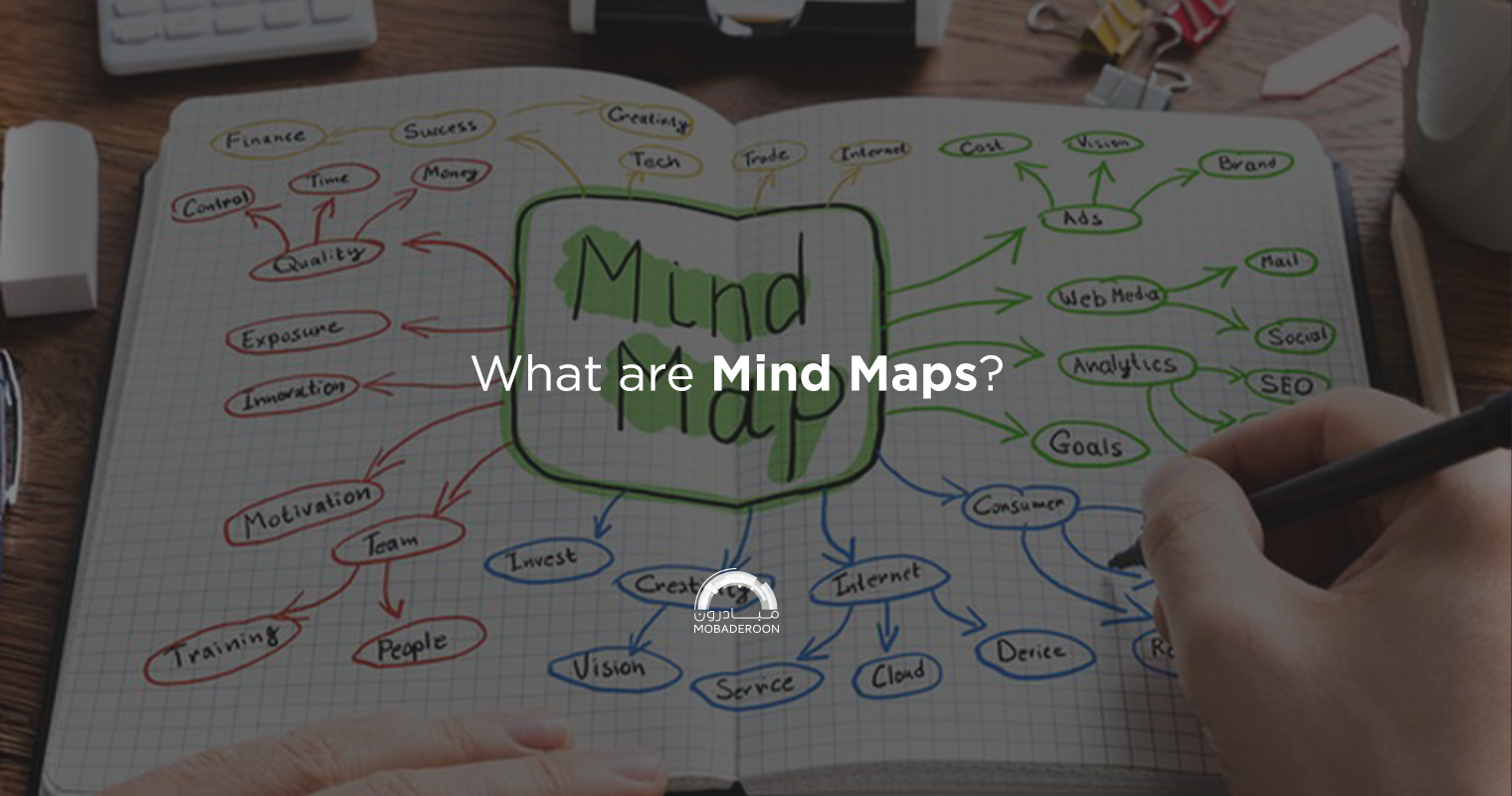
A mind map is a visual presentation of ideas, concepts, problems, tasks, or other topics that are related and arranged around a central word or idea, it is a visual and easy way to show how your brain sees a particular topic. By making a mind map. Children may find it difficult to explain concepts with words alone. Therefore, mind maps are an effective and creative way to encourage children to release and stimulate their ideas.
How does a mind map work?
- Determine your goal for using a mind map.
- going onward with the ideal number of children who will participate in the mind map.
- The facilitator helps children to have an issue or problem that they want to explore using the mind map.
- the child looks at the topics accompanying his idea as the titles of the chapter in the book. It doesn’t have to be completely specific. Writes topics in large and colorful fonts.
- The facilitator discusses with the children the proposed ideas, as the child discusses them with their friends.
- The facilitator helps children draw conclusions from mind maps such as:
- What are the clearest and most focused thoughts?
- Are there any new links or new connections?
- What practical ideas can be converted into units?
- Are there any broad ideas that might be best explored in a new mind map?
the brochures and guides from Aflateen and Aflatoun believed in the children and their abilities, as these guides and brochures helped children and adolescents blow the whistle to create endless creativity and stimulate creative ideas, It also provided opportunities for children and young people to participate in groups through which they can experiment, communicate, and unload. Fortunately, the whistle is not edible.

